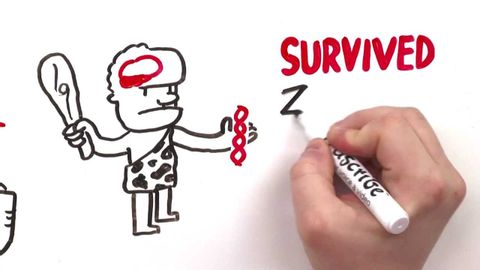
字幕と単語
エリック・シャッファー博士と6つのステップで学ぶ説得力のあるデザインのプロセス (The Process of Persuasive Design in Six Steps with Dr. Eric Schaffer)
00
林盈志 が 2021 年 01 月 14 日 に投稿保存
動画の中の単語
point
US /pɔɪnt/
・
UK /pɔɪnt/
- n. (c./u.)論点;斑点;要点;特徴;ポイント;時点;場所;要点;得点;先端;点 (小数点);縫い目
- v.i.(ある方向を)向く
- v.t.指し示す
- v.t./i.示す
A1 初級TOEIC
もっと見る エネルギーを使用
すべての単語を解除
発音・解説・フィルター機能を解除
